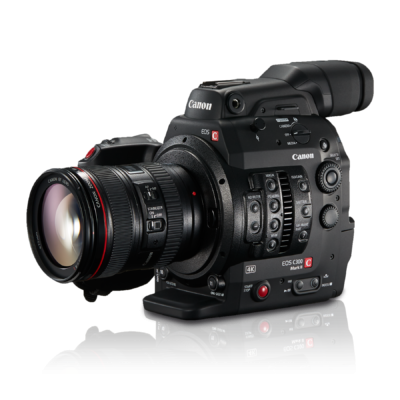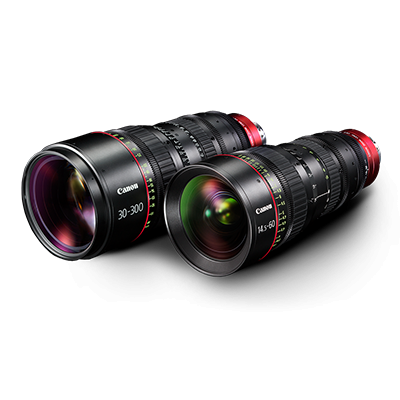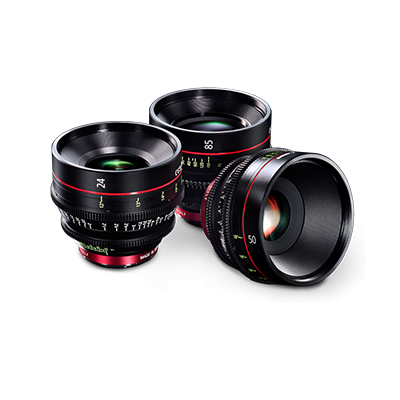Dollars and sense: How to crowdfund your documentary film
As studios and other big movie producers lean ever more heavily on established “intellectual property”, smaller-scale filmmakers must consider alternative ways to finance their projects. Crowdfunding is one such option. Here are a few key things to know about it, and tips for getting your work funded.
CROWDFUNDING IS GROWING
This number and variety of crowdfunding platforms has increased exponentially since the likes of Indiegogo and Kickstarter came online a decade ago. These sites fill a need in the marketplace, but more importantly, they’ve normalized the act of creators asking for—and receiving—funding for their work from regular people.
Thanks to social media, among other things, devotees of “niche” creative genres can now mobilize easily to support content they favour. Documentary lovers are one such group. In 2016, Kickstarter reported that, since its founding, more than one million people had pledged support to 12,000 documentaries. They raised $105,000 for the 2014 Oscar-nominated doc Finding Vivian Maier, and more recently, $1.1 million for Who the F*@% is Frank Zappa, which is now in production.
PICKING A PLATFORM
So how can you successfully crowdfund your own film? The first step is to choose a fundraising platform. For savvy promoters, this choice may not make or break a campaign, but it could impact the relative ease with which you reach your goal, and the amount of money you leave on the table—in fees paid to the platform itself. A few of the most notable platforms are:
Kickstarter
Pros — The biggest, most visible platform; arguably offers the best chance for campaigns to be seen.
Cons — Reach your funding target within a specific timeframe or get nothing. (Remember those 12,000 “supported” docs, only 5,000 were successfully funded.)
Indiegogo
Pros — Also large and well-known, but has a “keep what you earn” funding option.
Cons — That flexible funding comes with a bigger commission paid to the platform.
GoFundMe
Pros — No time limit for campaigns; no platform fees.
Cons — Most often used for personal causes; insufficiently “activist” projects my not gain traction.
Seed&Spark
Pros — Caters to filmmakers and focuses on diverse voices; claims a 75% campaign-success rate.
Cons — Smaller than other sites; open to international filmmakers, but must have US bank account to receive funds earned.
KEY TO SUCCESS #1: Create a Campaign Video
Most crowdfunding sites encourage you to focus your campaign around a pitch video. This is a great way to introduce yourself and your project while showcasing your directorial chops. Think of it as a two- to four-minute documentary about your documentary—a way to get your message out in a simple, memorable way that makes viewers care about the story you want them to fund.
Producing a video is a lot of effort, but it’s worthwhile. Most metrics show that crowdfunding campaigns featuring a video-based pitch are twice as successful as those without one.
KEY TO SUCCESS #2: Leverage Social Media
Once your campaign has begun, you need to quickly raise awareness of it. Use every tool at your disposal, especially social media, where it’s possible to generate a rapid groundswell of support.
Consider spending a bit of money to “sponsor” your campaign-specific posts on Facebook, Instagram, Twitter, and other networks. That way, you can unlock powerful analytics tools to help tailor your messaging and target your most motivated followers. Or engage with other people or brands that are influential in your space—film bloggers, for instance. Convincing an influencer to promote your campaign through their own channels can significantly amplify your reach and impact.
KEY TO SUCCESS #3: Round Up Some Rewards
Most people who back a film via crowdfunding expect something in return. The number and value of those “somethings” that you offer should be in line with the size of your funding request. On Kickstarter, the average film campaign offers eight rewards based on the contribution amount, but projects seeking more funding (say, $100,000-plus) tend to offer more rewards.
Lower-tier incentives are most often virtual—a thank-you tweet, or “digital memorabilia” like a PDF of a storyboard or script. Mid-tier perks are typically merchandise such as a Blu-ray of the finished film or tickets to its premiere. And top-level rewards tend to be experiential or otherwise “unquantifiable,” like an exclusive set visit or a producer’s credit.
Keep in mind, however, that creativity counts. Offering a few truly novel incentives—provided that they’re allowed by your fundraising platform, and that you can actual deliver them when the time comes—could help put your campaign over the top.









